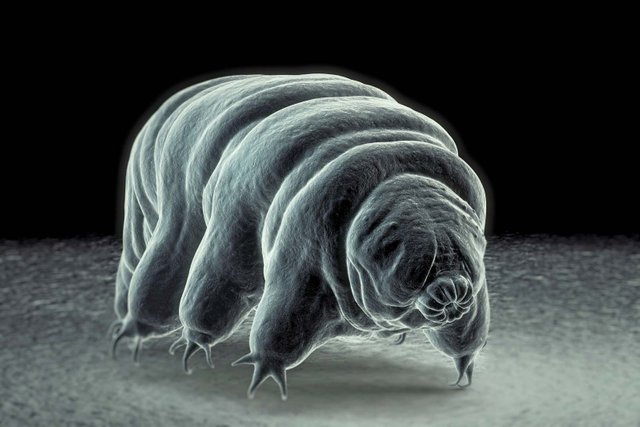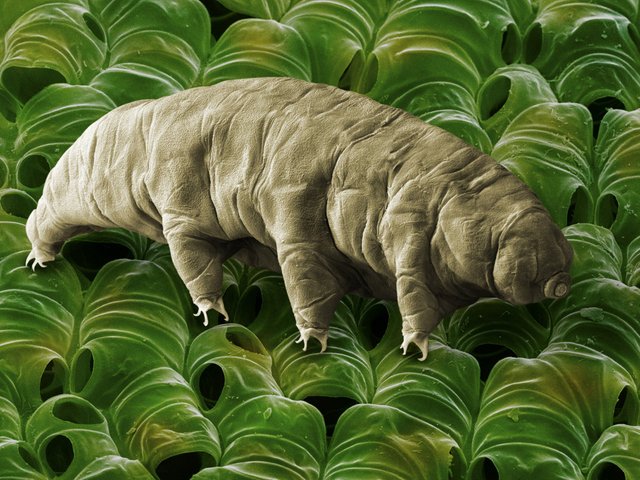Tardigrade

[email protected]
Article about tardigrade
Tardigrades, also known as water bears, are some of the most fascinating and resilient creatures on Earth. These tiny animals, measuring only about 0.5 mm in length, can survive in extreme environments that would kill most other forms of life.
Tardigrades can be found in almost every habitat on Earth, from the depths of the ocean to the tops of the highest mountains. They can withstand extreme temperatures, pressures, and even radiation. In fact, tardigrades have been known to survive exposure to temperatures as low as -273°C and as high as 151°C, as well as pressures six times greater than those found in the deepest part of the ocean. They can also survive without food or water for years, and can even withstand the vacuum of space.
One of the reasons tardigrades are able to survive in such extreme environments is their ability to enter a state of suspended animation called cryptobiosis. In this state, their metabolism slows down to almost zero, and they are able to survive without water or nutrients for long periods of time. When conditions become favorable again, tardigrades can come out of cryptobiosis and resume their normal activities.
Tardigrades have also been shown to be extremely resistant to radiation. In a study published in the journal Current Biology, researchers exposed tardigrades to X-rays and found that they were able to survive doses that would kill most other organisms. The researchers believe that tardigrades are able to repair DNA damage caused by radiation more effectively than other animals.
Tardigrades are also capable of surviving in the vacuum of space. In 2007, a group of tardigrades were sent into space on the FOTON-M3 mission, where they were exposed to the vacuum and radiation of space for ten days. When they were brought back to Earth, the tardigrades were found to be alive and able to reproduce.
Despite their resilience, tardigrades are not invincible. They are still susceptible to some forms of environmental stress, and their populations can be affected by changes in their habitats. As such, it is important to study and understand these fascinating creatures in order to protect them and the ecosystems they inhabit.
In conclusion, tardigrades are remarkable creatures that have captured the imagination of scientists and the public alike. Their ability to survive in extreme environments has led to numerous studies and experiments, and their resilience continues to fascinate and inspire us. While they may be small in size, tardigrades are truly giants in the world of biology.
